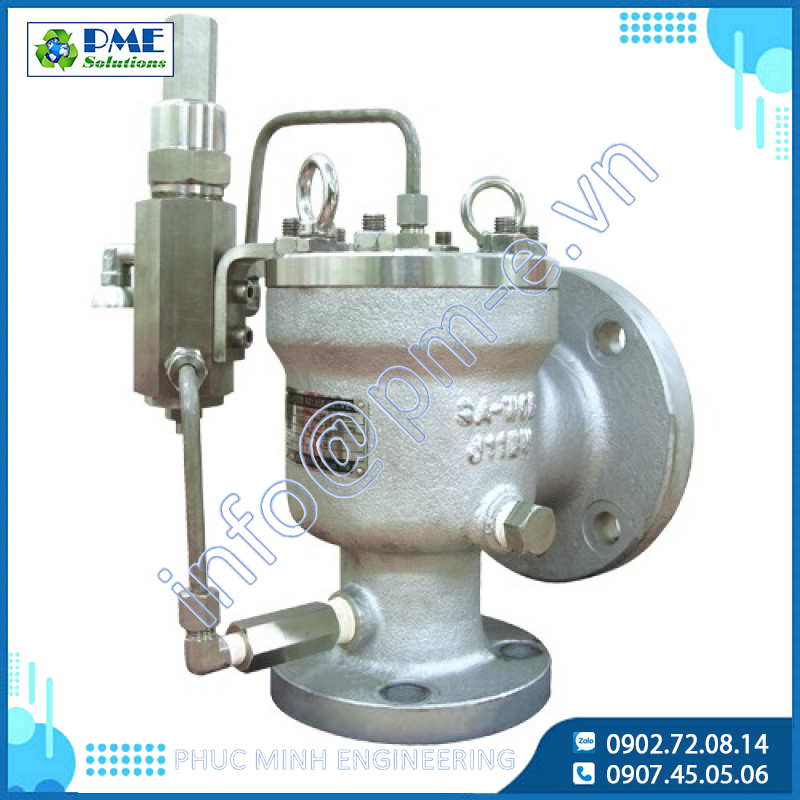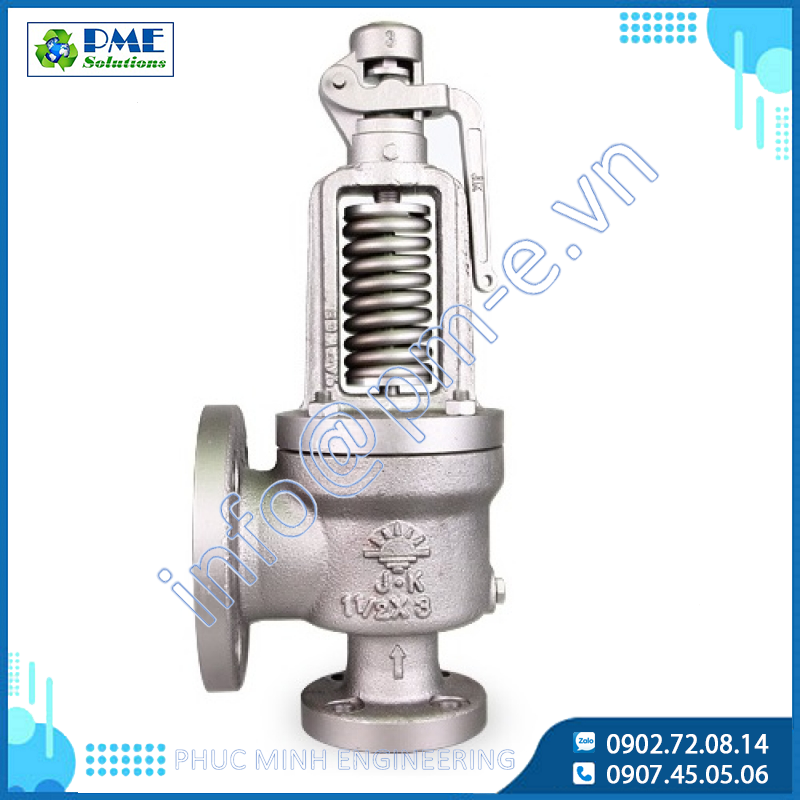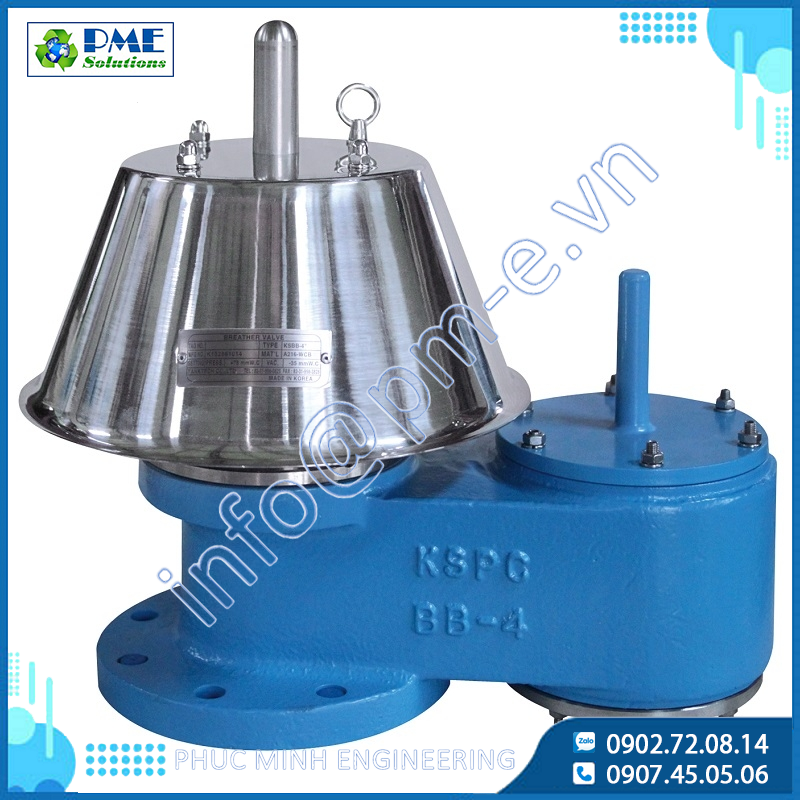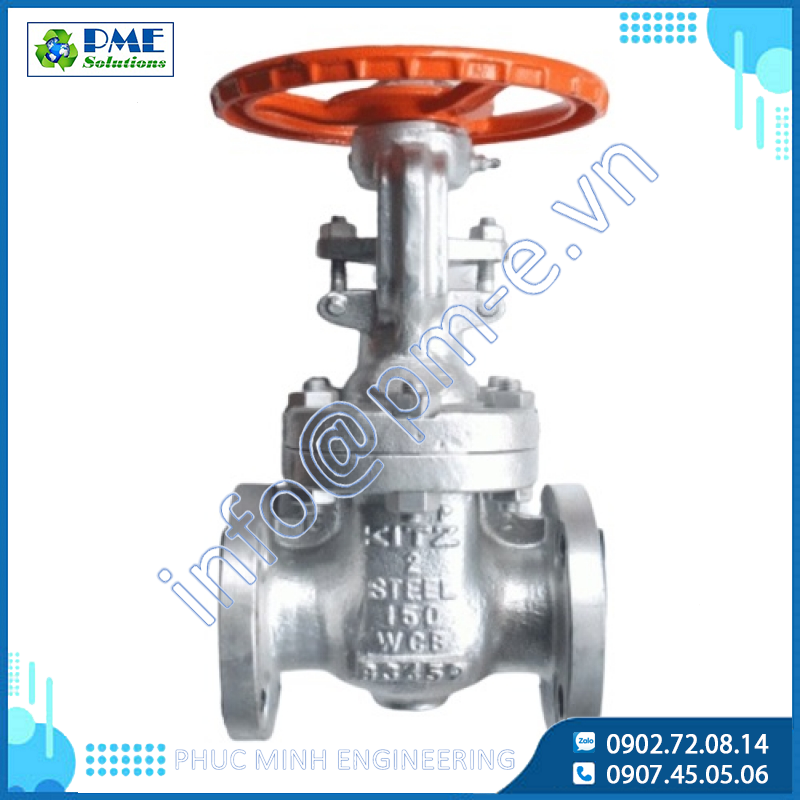92/38, No.12 Street, Quarter 18, Binh Hung Hoa Ward, Binh Tan District, Ho Chi Minh City, Vietnam.
- Home
- About Us
- Products
- SAFETY DEVICES
- OIL & GAS - CHEMICAL INDUSTRY
- WATER INDUSTRY SUPPLIES
- TOZEN Valves Flexible Joint
- OCV Control valves
- Cla-Val Valve
- KITZ Valves
- TOYO Valves
- TAMAKI Foot Valves
- VINVAL Valves
- Electric Valve
- Pneumatic Valve
- Control Valve
- Ball Valve
- Butterfly Valve
- Gate Valve
- Globe Valve
- Check Valve
- Foot Valve
- Angle Valve
- Knife Gate Valve
- Solenoid Valve
- Reducing Valve
- Safety Valve
- Sanitary Valve
- Steam trap
- Air Trap
- Air Vent Valve
- Strainer
- Rubber Joint
- Flexible Joint
- Expansion Joint
- Teflon Expansion Joint
- Fittings
- Lavabo Faucet
- STEAM INDUSTRY SUPPLIES
- Steam trap and Valves of VYC
- AZBIL Control valves
- SAMYANG valves
- Spirax Sarco Valves
- YOSHITAKE Valves
- TLV Equipment
- DOUGLAS Steam Traps
- SIRCA Pneumatic Actuators
- VENN Valves
- JOKWANG Automation Valves Korea
- PLASTIC VALVE & PIPE
- FIRE-FIGHTING EQUIPMENT
- GASKET, BOLT & OTHER DEVICES
- MEASURING EQUIPMENT
- OTHER BRANDS
- Suppliers
- Technical Aspect
- Projects
- Video
- Photo library
- News
- Contact
Home
- Home
- About Us
- Products
- SAFETY DEVICES
- OIL & GAS - CHEMICAL INDUSTRY
- WATER INDUSTRY SUPPLIES
- TOZEN Valves Flexible Joint
- OCV Control valves
- Cla-Val Valve
- KITZ Valves
- TOYO Valves
- TAMAKI Foot Valves
- VINVAL Valves
- Electric Valve
- Pneumatic Valve
- Control Valve
- Ball Valve
- Butterfly Valve
- Gate Valve
- Globe Valve
- Check Valve
- Foot Valve
- Angle Valve
- Knife Gate Valve
- Solenoid Valve
- Reducing Valve
- Safety Valve
- Sanitary Valve
- Steam trap
- Air Trap
- Air Vent Valve
- Strainer
- Rubber Joint
- Flexible Joint
- Expansion Joint
- Teflon Expansion Joint
- Fittings
- Lavabo Faucet
- STEAM INDUSTRY SUPPLIES
- Steam trap and Valves of VYC
- AZBIL Control valves
- SAMYANG valves
- Spirax Sarco Valves
- YOSHITAKE Valves
- TLV Equipment
- DOUGLAS Steam Traps
- SIRCA Pneumatic Actuators
- VENN Valves
- JOKWANG Automation Valves Korea
- PLASTIC VALVE & PIPE
- FIRE-FIGHTING EQUIPMENT
- GASKET, BOLT & OTHER DEVICES
- MEASURING EQUIPMENT
- OTHER BRANDS
- Suppliers
- Technical Aspect
- Projects
- Video
- Photo library
- News
- Contact
404 error page Not Found!
We could not find the page you requested or the requested page is not currently available. If this error occurs on a regular basis, please inform us about the problem you are having.
PHUC MINH ENGINEERING CO., LTD is pleased to serve you!
Category
Online support

Consulting - Quotation

Consulting-Technical

Consulting - Quotation

Consulting - Technical

Consulting - Quotation
Featured products
Sign up to receive news, new events from us
About us

PHUC MINH ENGINEERING CO., LTD
Head Office: 92/38, No.12 St, Quarter 18, Binh Hung Hoa Ward, Binh Tan District, Ho Chi Minh City, Vietnam.
Tax Code: 0314405007
Tel: +842835352125
Fax: +842835350254
Email: info@pm-e.vn
Website: www.pm-e.vn
Quang Ngai Branch:
Address: 123/4 Vo Thi Sau, Chanh Lo, Quang Ngai, 840255, Vietnam
- Introduction
- Product
- Project
- Video
- Technical Aspect
- News
- Photo library
- Supplier
- Contact
General information
- Policies and regulations
- Payments
- Shipping and forwarding
- Warranty Policy
- Complaint handling process
- Exchanges and refunds
- Privacy Policy
Return Policy
Social network
Copyright © 20017 Copyright by Phuc Minh Technology Co., Ltd










.png)






